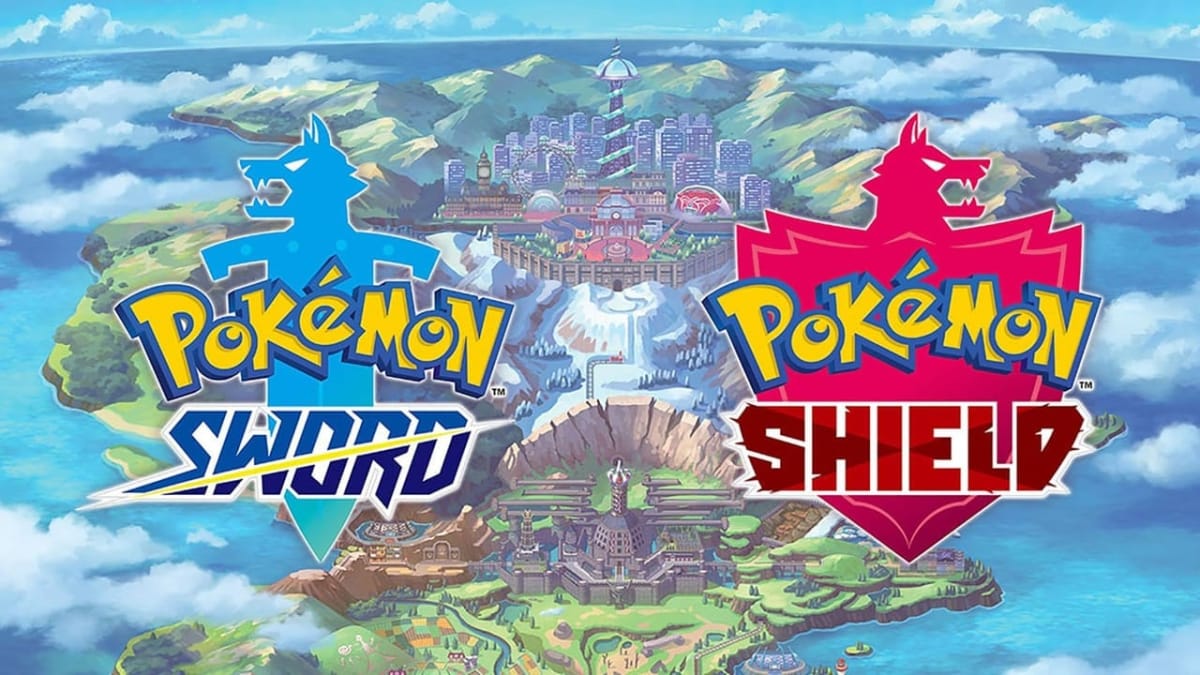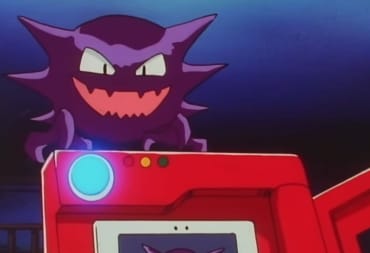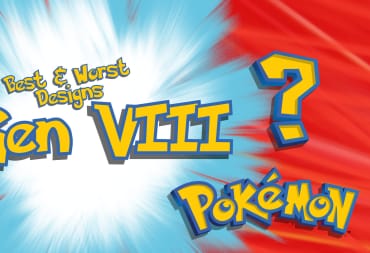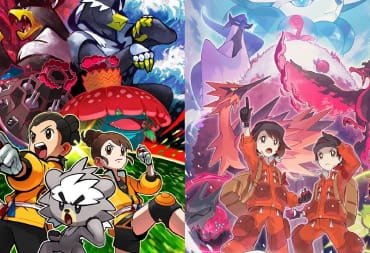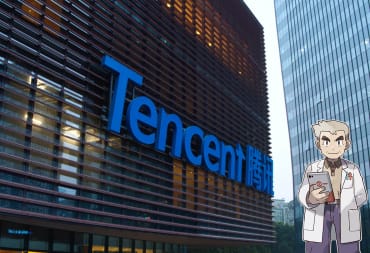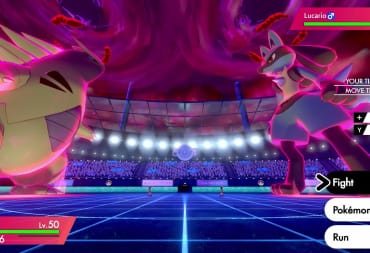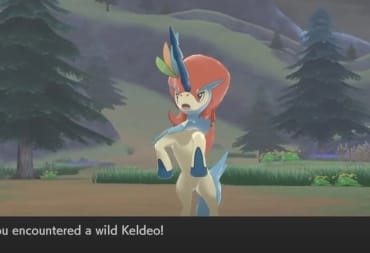The past month has been tough if you follow Pokémon at all. Despite a steady stream of trailers showing off new features for Pokémon Sword and Shield, much of the coverage of late has transformed from speculation to hostility, and it all started during E3 2019 when Pokémon producer Junichi Masuda stated that Sword and Shield would not contain a National Pokedex, meaning for the first time since Generation 3, the games will have a limited roster of Pokémon.
This spiraled into a massive outcry against Sword and Shield, spearheaded by the “#BringBackNationalDex” hashtag by fans who objected to Game Freak’s decision to not include a National Pokedex. For the past month, folks have taken to Twitter and other forms of social media to voice their displeasure over the decision. With it, of course, is a spiraling barrage of internet hot takes and YouTube commentators all scrambling to give their thoughts on the controversy of the month.
Things are, as always, more complex than they appear to be. Leaving out the worst behavior being levied to Game Freak (one person angrily claiming Junichi Masuda sexually assaulted them out of spite, for example) why not actually look at the main arguments by those angry over Sword and Shield and see if their arguments hold any merit.
The Arguments for #BringBackNationalDex
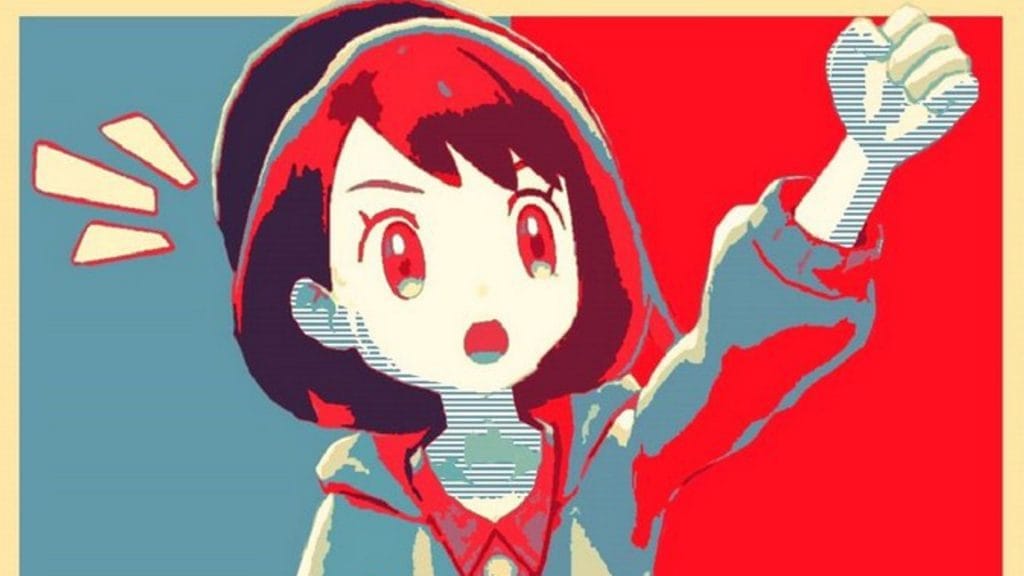
When looking at the whole picture of the #BringBackNationalDex controversy, three primary arguments are always made but often circle back to one core argument: that Game Freak has no reason to remove the National Dex, and the reasons given to the fanbase are not adequate explanations.
The first, and arguably biggest argument, is that Game Freak is getting lazy and just didn’t want to include all the Pokémon in the game. A ton of evidence has been produced to try to make this claim valid, mostly focusing on the game’s graphics and animations as proof of this laziness.
The second major claim is that Game Freak has misled the fanbase as to their reasons for gutting the National Dex. This has led many to claim that the company is directly lying to their fanbase, leading to further outrage of course.
Finally, the third criticism boils down to simple greed on Game Freak’s part. This mostly stems from the recent pace they had for Pokémon Games, releasing one major title yearly for the past five years since the start of Sun and Moon.
Origins of #BringBackNationalDex Criticism
All these criticisms tend of fold into each other to explain why the National Dex was cut from the game. The three above talking points have become the backbone to deflect any arguments made in defense of Game Freak. There is a point of origin for those three points, and it is thanks to a single line spoken by Junichi Masuda in an interview shortly after the announcement of the lack of a National Dex.In an interview with USgamer, Masuda stated the following:
There are a couple of different parts to the thinking behind it, but really the biggest reason for it is just the sheer number of Pokémon. We already have well over 800 Pokémon species, and there's going to be more added in these games. And now that they're on the Nintendo Switch, we're creating it with much higher fidelity with higher quality animations. But even more than that, it's coming down to the battle system. We're making sure we can keep everything balanced and give all the Pokémon that appear in the games a chance to shine.Most of the criticism focuses solely on the line regarding “higher fidelity with higher quality animations.” Some other targets have been the battle system and game balance, but the three main arguments all stem from that single sentence. This becomes a major weakness to the arguments given, mainly because it resorts to using that sentence as the only "evidence" needed to prove their points. A lot of the evidence that follows, from comparison videos to arguments of quality, snugly fits into the premise that the graphics and animation are the primary motivation for the removal of the National Dex but is really only the opinions of those who present them. In other words, those points cannot be definitively proven at this time.
Let us look at some counterarguments that should be made in relation to the main points from proponents of the #Bringbacknationaldex.
#BringBackNationalDex Counterargument 1: Missing the Point
It first should be pointed out that Masuda himself states in the quote that the major consideration from Game Freak regarding the elimination of the National Dex was mostly on balancing the game. There are two ways to look at this: a competitive focus that would see the Galar Pokedex being used to balance out the official VGC competitive format or from a more casual point of view, which seems to be the case.Later in the same interview, Masuda says the following:
We knew at some point we weren't going to be able to indefinitely keep supporting all of the Pokémon, and we just found that Sword and Shield would probably be a good point to go back and reevaluate what would be the best selection of Pokémon that appeal to the widest audience while keeping into consideration the balance of the battle system. It isn't just going to be all-new Pokémon in the Galar region Pokedex; there's still going to be a lot of favorites that fans will be able to bring over that they've adventured with previously. But yeah, it was pretty much just balancing and getting this optimal selection of Pokémon for the adventure we wanted to provide.This is ultimately a calculated decision from Game Freak for the well-being of the franchise—select several the 800+ Pokémon for battle balancing and brand recognition along with the new cast of Pokémon found in Galar. This also implies that the decision to remove the National Dex was made early on as well.
From the focus of what Masuda and later Director Shigeru Ohmori say in the USgamer interview, the primary reason by Game Freak in cutting the National Dex was balancing the game itself and not the focus on the game’s animations. This essentially means that most fans making arguments are focusing on the wrong point.
Now, the issue of balance is always tricky to define because the big problem with the franchise is that it has built up 20 years of creating Pokémon and features across all the generations for fans. Another unique factor is the attachment players may have with certain Pokémon—some of which have been transferable going all the way back to Generation 3 thanks to the Pokémon Bank.
The above point will be discussed a bit later, but in so criticizing a minor reason for the move, most proponents of the #Bringbacknationaldex have been left exposed to what is ostensibly a logical fallacy. Simply put, the focus on the games' graphics and animations does not address the main point given by Masuda, but rather a secondary "problem" that Sword and Shield may have. There have been few arguments made that actually address the issue of balance, meaning this narrow focus on graphics and animation fills up the gap of criticisms. This in itself doesn't dismiss the concerns over the games' graphical fidelity, but it does mislead many in the general public that this is the main concern that the developers have focused on for why the National Dex was removed, which is it not the case.
#BringBackNationalDex Counterargument 2: The Absence of Laziness is the Evidence of Absence.
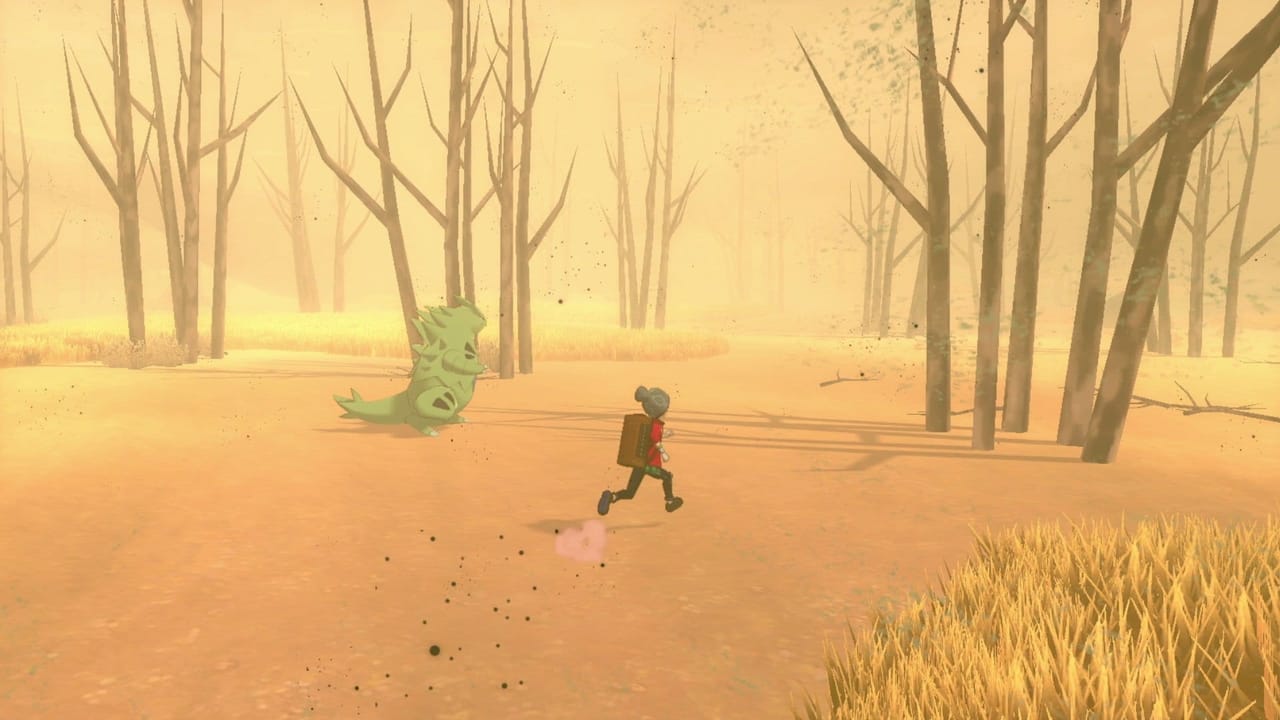
One of the most infuriating claims is that Game Freak has become lazy as a developer, one that I must admit enrages me personally when you know the history behind Game Freak and their dedication to making good games. Famously, for example, Junichi Masuda worked himself sick due to stress around the release of Ruby and Sapphire for the Game Boy Advance in 2002. The argument of laziness off the bat is just an ad hominem that should not receive any credit by those who make that accusation.
Personal feelings aside, the charges of Gamefreak being lazy often stem from a lack of understanding of general coding. Most of this has been pointed out by several 3D modelers out there, but the gist of the arguments against Game Freak being lazy is simple: the games graphics and animations are the same from game to game.
Leaving out the addition of new in-game models for new Pokémon or upgrading graphics and textures from the 3DS to the Nintendo Switch, it should be noted that Game Freak has done extensive work on their models already. It is well known that Pokémon X and Y took 3.5 years to develop, with the focus on creating high quality 3D models with the help of Creatures Inc.
Creatures Inc is one of the owners of the Pokémon franchise, with a 33% stake in the series along with Game Freak and Nintendo. Creatures Inc. is also responsible for creating highly detailed models of each Pokémon since X and Y, with the explicit goal to make them “future-proof” for new games. This “future-proofing” means the bare bones of the models are already set and can be used as the framework for any animation and graphical upgrades for future games.
How does this tie into the National Dex issues? Based off the main argument given, many have specifically stated that because the in-game models are so like the 3DS games, it would take less time to develop and implement all the Pokémon in Sword and Shield, therefore Game Freak is lying or being lazy for excluding the National Dex.
However, this argument falls apart for two reasons. The first of which is that the models do have animations added to them. This is most noticeable at the start of wild encounters in several videos, and, in fact, the walking animations of hundreds of Pokémon found in the overworld of the Wild Area. While it is not known how many animations have been added, we can conclude based on in-game footage that a lot of the game’s animations in the overworld and the wild area have been tweaked from the previous animations already to fit this portion of the game.
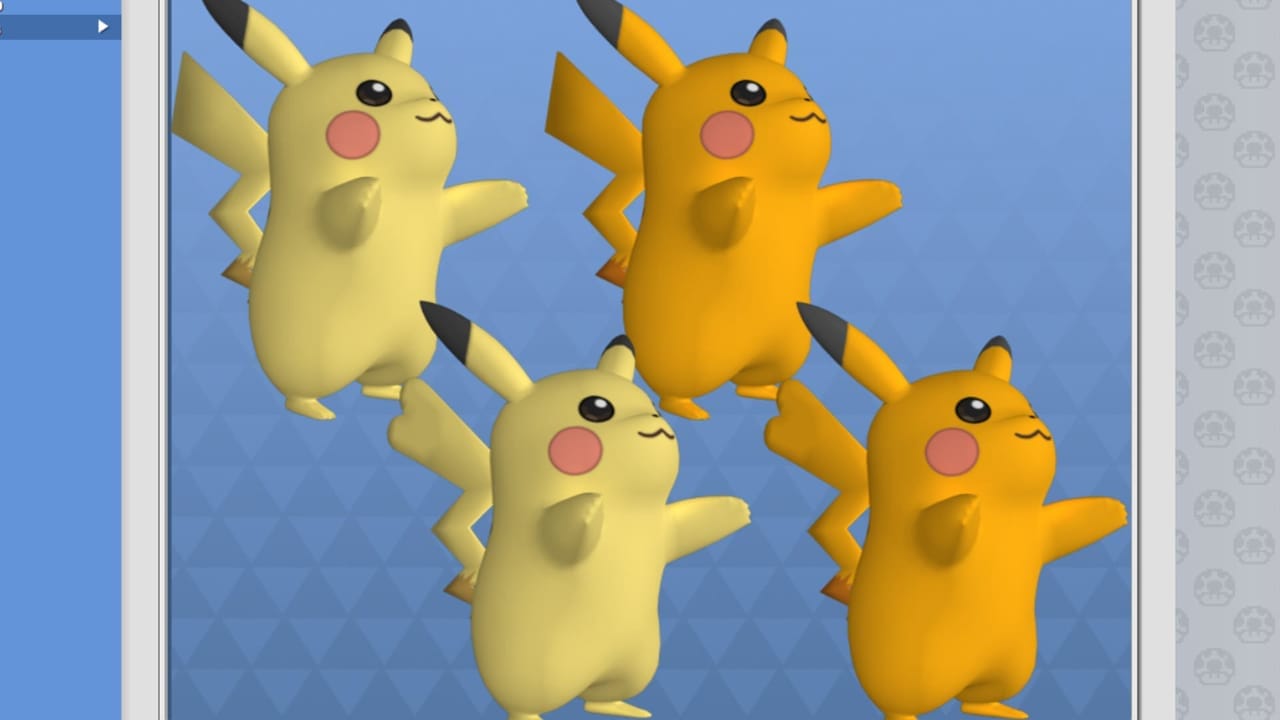
A bigger counterpoint against laziness is Dynamaxing and Gigantamaxing, the new mechanics of Sword and Shield. It is known, thanks to a Famitsu article from June 16th, that two separate models of the Pokémon are used in-game: the regular model and the Dynamaxed model. This means each Pokémon in Sword and Shield effectively has two to four models (if you include gender differences) of themselves in-game at a given time. Gigantamaxing also complicates this as it is a form change for Pokémon as well, effectively replacing the likes of previous battle features such as mega-evolution and z-moves in one shot and adding not only more designs into the game but more animation to a select number of Pokémon.
Fans have also turned to the some 800+ moves found in the series as well, claiming they are being poorly animated, but in perspective of everything shown, all of those movesets would need to be tweaked heavily with new models. This would mean that every single model in Pokémon Sword and Shield would need to be replaced, providing combat animations for 800+ Pokémon, including the moves of their Dynamax forms.
The models have of course been updated slightly for the Switch as well through textures and shading, all of which needs to be done correctly for the in-game environments as well. With most of the models specifically tied to a base framework, that of course clears time to include all 800 moves and full Pokémon movesets. As Game Freak has never worked on a console title outside of Let's Go Pikachu! and Eevee!, that is also a factor to consider as Game Freak essentially must budget their time and resources on what they think would be valuable to Sword and Shield for each in-game model, including the Dynamaxed forms.
A Better #BringBackNationalDex Argument – Feature Creep
It is impossible to mention some of the other nitpick points that make up the bulk of the Gish gallop argument, such as the Pokémon team being split due to the development of the new IP Town, which is just a non-issue due to Game Freak working on several Pokémon games at once, to issues regarding the size of the company, when they routinely employ close to 500 employees from Creatures and other freelancers to develop the games. Most of the focus was on the discussion of the graphics and animation to specifically debunk that criticism completely.However, this discussion on the in-game models is partially muddled a bit as Game Freak themselves have disputed this somewhat. That Famitsu interview saw Masuda and Ohmori echo the same talking points over the National Dex removal as the USgamer interview. One interesting facet of the Famitsu interview, however, was a spot where Ohmori noted how the models were remade from scratch.
Please note that the following quote has been translated from Nintendo Life (Note: I also double checked the quote for our own article on what was said after we published it to double check the context of his statement. Other websites with better translations, such as Pokejungle, corroborate the following):
Masuda and I discussed this issue a great deal. Even for Pokémon Sun and Moon, it was quite a difficult situation (to make it possible to bring every Pokémon into the game). Now that we are moving to the Nintendo Switch and remaking the models from scratch, we had to make some kind of choice. That said, despite the limitation on the Pokémon that can be brought into the game, the game's wild areas, story and other content is quite rich. I believe that players will understand that when they play the game.Ohmori's words have become a point of contention for some due to possible misinformation or mistranslation. However, the context of what Ohmori is saying is pretty much spot on: that going as far back as Pokémon Sun and Moon, Game Freak had trouble including all Pokémon in the game. The transition to the Switch would mean many of the in-game models would have to be redone from their 3DS counterparts, but to compensate for the lack of a National Dex, there would be a ton of new content for players to explore.
Dynamaxing and Gigantamaxing are just two of those bits of content (and likely the content created from scratch that Ohmori references considering they made brand new models for the feature, but we can’t confirm this for sure), along with the inclusion of new features such as the Max Raid Battles, the Wild Area, and two semi-confirmed mechanics in Camping and Cooking, that are likely part of the new content to compensate for the lack of Pokémon. Now actually judging the merits of all these mechanics will be difficult, as Game Freak has stated that new features introduced in the games are non-distinguishable as “experiments” with the fans’ reaction being the driving force on what to keep. Adding customizable clothes in X and Y, for example was only supposed to stay in X and Y because it fit thematically with the French-like setting but returned in Sun and Moon due to positive fan feedback.
This tinkering of mechanics is a legitimate criticism of Game Freak and their design philosophy, which has seen them constantly add and remove mechanics from game to game, sometimes without logic or fanfare. Many of these removals are positives; Pokémon Contents, while a cool idea for Gen 3 and 4, were rarely popular in-game and the poster child of such experimental mechanics. Others have curiously been a negative, such as the removal of safari zones and game corners, though the latter is due to changing gambling laws in Europe more than anything else.
The question then becomes why does Game Freak add all these mechanics? Obviously, part of it is finding a new hook for players, but realistically, these mechanics tend to tie into in-game lore. Mega Evolutions and Z-moves, for all the faults they had, did have some narrative relevance to them, especially Z-moves being a tradition in Alola over a unique mechanic found in other regions in the world.
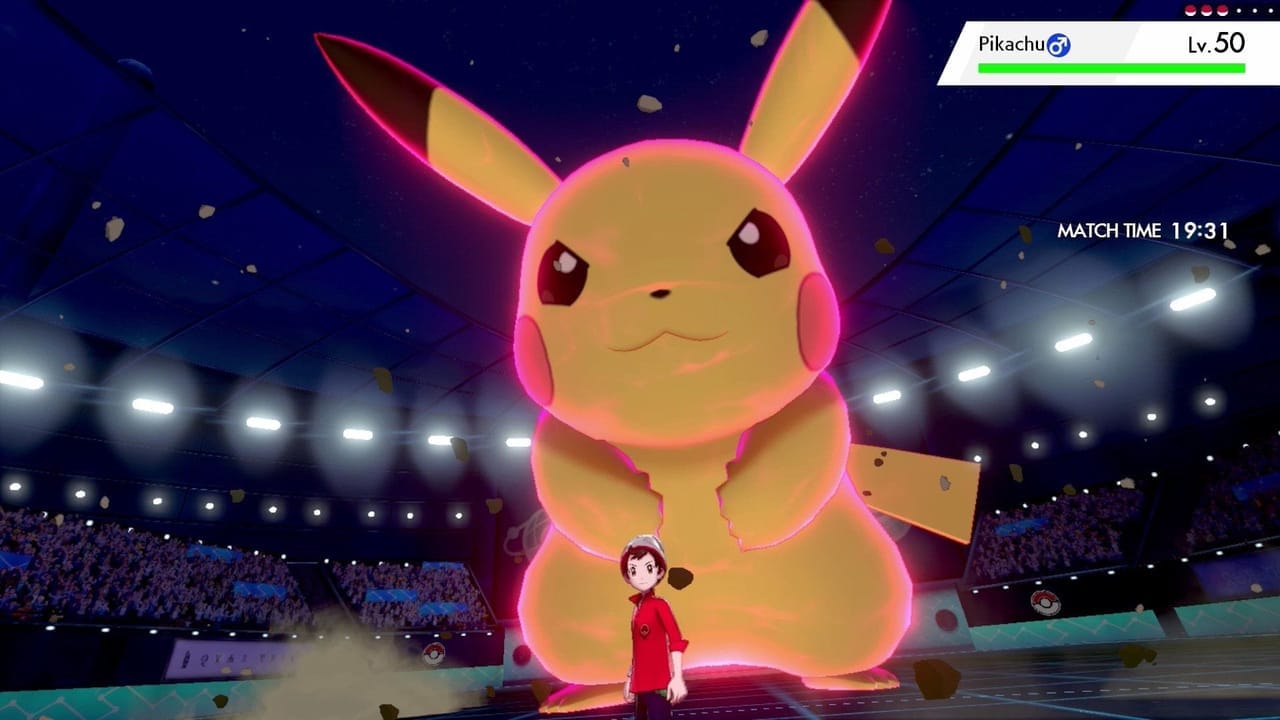
It is likely Dynamaxing will suffer a similar fate, though we have no idea of knowing for sure. This in turn is a much stronger argument to make regarding the National Dex problem because it ties specifically to the major issue of the games' balance being tweaked with. Some have argued that the constant inclusion of new features has already wrecked the series' balance and that Game Freak’s justification here rings hollow, once again falling back on the "lazy/lying/greedy" arguments from before.
This argument is not without faults, however. First and foremost, Dynamaxing has severe limitations placed upon it, notably the fact that it only lasts for three turns in a given battle and is not a permanent boost like it was with Mega Evolutions. The use of Dynamaxing in a competitive sense for game balance can also be upended through the changes to the Pokémon’s moveset, which all become Max moves of varying power without the original effects. So, using a Max Move may give you extra power and even a secondary effect, but it may be predictable like a Z-move is with a fixed effect and range of power.
In this regard, Dynamaxing arguably smooths out some of the balance issues found with the two previous features that plagued competitive play and power creep. It is a temporary transformation for all Pokémon instead of a permanent one for a select few, and these moves, while increasing in power, do not overly dominate like Z-moves did. This could be the balance that gives a lot more Pokémon an advantage through being Dynamaxed, making all Pokémon possibly viable at any time during a battle. Plus, the inclusion of rare, raid battle only Pokémon who can be Gigantamaxed adds a further wrinkle to this system, with the exclusive G-Max Move of certain Pokémon being powerful with their secondary effects but still limited due to the three-turn advantage. In a way, think of it as a power play in Hockey. One side can gain the upper hand for a short of period, but it will eventually go back to somewhat even footing once that time runs out.
Combining this with a limited Pokedex, along with the removal of Mega Evolutions and Z-moves, changes the competitive landscape. It is easy to criticize the broken use of Megas such as Kanghaskhan, Charizard, or Rayquaza in VGC competition being totally homogenizing, but the removal of that advantage in favor of Dynamaxing makes them still relevant for competitive play without giving them powerful advantages. Whether this turns out to be fully balanced will depend on how the VGC metagame settles, but adding a specific limitation that is wholly dependent on the roster of Pokémon available will allow less used creatures a chance to shine in a competitive format.
Final Thoughts – Playing Passionately with Your Favorites
Of course, the above is speculation; in truth, we have no way of knowing for sure if Dynamax and Gigantamax will be a balancing factor for competitive play. For those who don't care about competition, however, the argument boils down to a second point made by Masuda: the desire to give all Pokémon in the game "a chance to shine." Game Freak has done this twice, both in Gen 3 and Gen 5, to try to promote new Pokémon and mechanics over the old cast, with mixed results. Their move here is not out of character to help promote new Pokémon, though it is the first time since Black and White they have not pandered to the fanbase specifically on nostalgia.The almost frustrating narrow focus on animations, laziness, lying, and other points that have been argued in the #BringBackNationalDex storm ultimately obfuscate from actual issues with the franchise—the problem Game Freak has with feature creep for nearly twenty years. The decision to eliminate the National Dex was just that: a pragmatic decision by the developers to try to focus on new features and explore different mechanics to help differentiate Sword and Shield from other games in the franchise without compromising the core mechanics. It is a decision spelled out through their reasoning by attempting to balance the game.
It becomes a matter of opinion as to whether fans believe them on this decision, though those saying the company is lying are being too cynical in such an accusation. Masuda and the rest of Game Freak needed to make a hard decision in the end, one that would never please everyone by default. The official statement by Masuda on the Pokémon website once again reiterates how difficult this choice is, and you can see that passion seeping through his words along with a clear message, that no Pokémon will forever be left behind for future games.
https://www.youtube.com/watch?v=p_dgvgpC8Nw
In truth, we won’t know until the game is in our hands. This still, however, doesn’t address the only argument that all fans can agree on: the loss of your favorites from previous generations still stings. Many Pokémon players have a ton of monsters who they transfer from game to game, old friends going as far back as Ruby and Sapphire, who have accompanied them on a journey spanning generation after generation. Many players have practically grown up with their favorite Pokémon. From children to adults, their digital pets stood side by side through battle after battle, and the loss of that connection is really the only miscalculation here by Game Freak—they underestimated the connection players really have with their favorites.
Criticism for what can be seen as a bad decision is of course fair, but the biggest tragedy of this all is how narrowly the focus has devolved into toxicity. For every feature shown off, every trailer bringing us closer and closer to its November release date, Pokémon Sword and Shield still showcases the passion and ambition that has made Game Freak a celebrated developer—a passion that is all but ignored by many right now due to what I have argued here is shoddy reasoning.
I can only hope that when Sword and Shield is released it assuages the fears of those criticizing it, and that the demands for the National Dex, as loud as they are, slowly shift focus to what Sword and Shield offers its players, instead of rejecting it for what it decided to remove.
Update 7/16/19: Shortly after this piece was published, it was discovered that a new translation of the Famitsu article was done by the website Nintendo Life. The article has been changed to reflect that translation above.
Update 7/18/19: Some new evidence has corrected a bit of misinformation in the original article. Previously, it was stated that there would be four to eight models per Pokemon, but shiny versions of the models are not separate models as I previously stated. Whether or not those models are the same as the Dynamaxing models has yet to be confirmed. The article has been updated to reflect this information.
Thank you for reading this opinion piece. What are your thoughts on all of this? Please leave your comments below.
Have a tip, or want to point out something we missed? Leave a Comment or e-mail us at tips@techraptor.net
